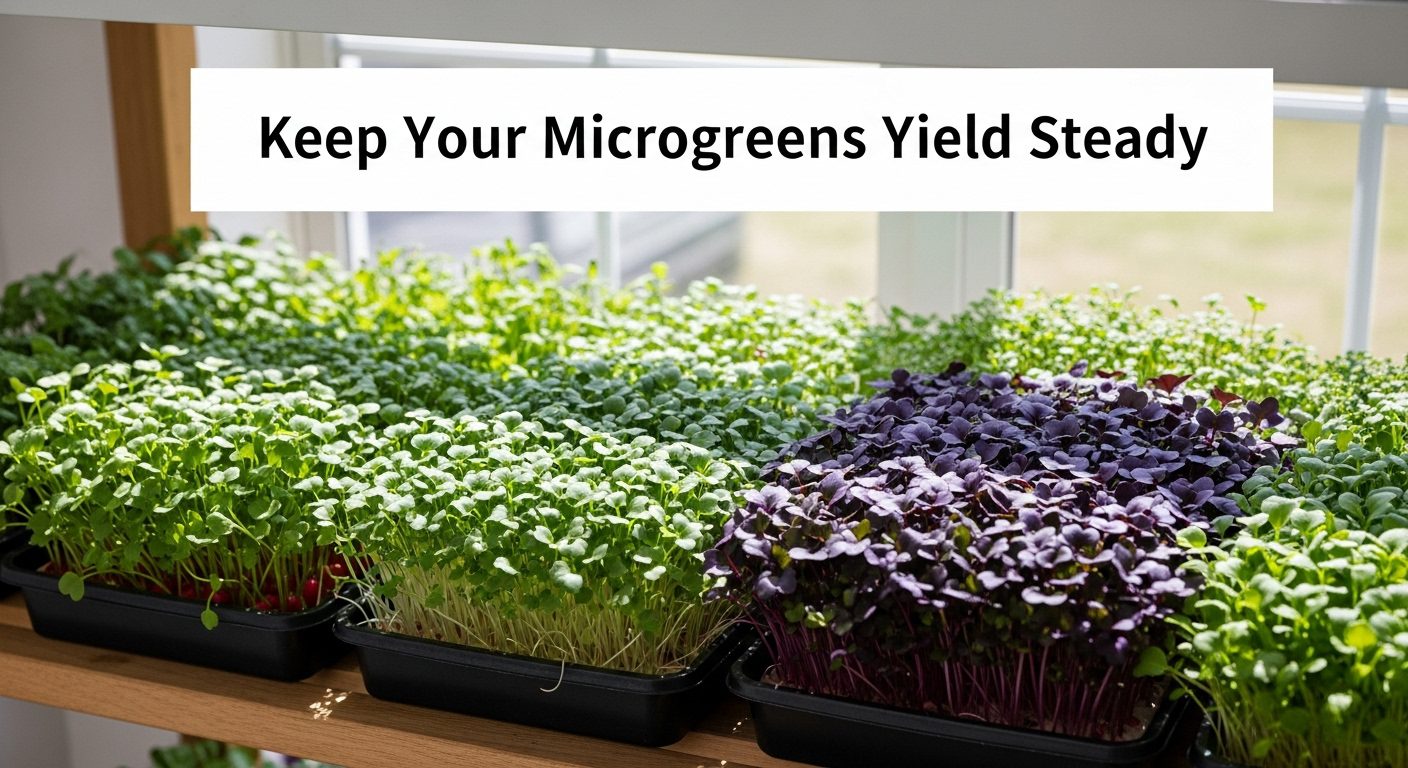
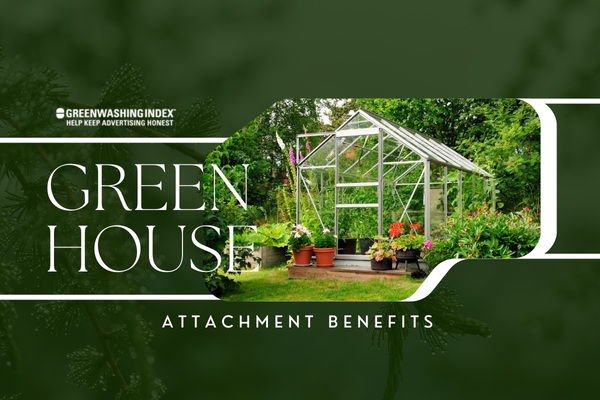
An attached greenhouse serves as a remarkable extension of your home, blending the joys of gardening with the comforts of indoor living. This innovative structure not only enhances your home’s aesthetic appeal but also offers the thrill of year-round gardening, allowing you to cultivate vibrant plants regardless of the season.
A lush garden sanctuary right from your living room, where controlled temperatures and optimal light levels create a thriving ecosystem. With an attached greenhouse, the possibilities for sustainable gardening and energy efficiency are boundless.
An attached greenhouse is a unique extension of a home, designed to create a controlled environment for cultivating plants. By directly connecting to the house, it offers seamless access and conveniently integrates with the home’s existing utilities such as water and electricity.
Key Features of an Attached Greenhouse:
Attached greenhouses represent a sophisticated blend of architectural design and horticultural functionality. These structures typically feature transparent materials like tempered glass, polycarbonate panels, or specialized polyethylene films that maximize light transmission while providing thermal insulation.
Their direct connection to the main house enables easy maintenance, climate control, and seamless integration with existing home systems.
For those seeking a large greenhouse attached to house, this setup not only enhances the home’s functionality but also adds aesthetic value and creates a serene, green retreat.
An attached greenhouse connected to a kitchen offers a unique blend of practicality and aesthetic appeal. This innovative design provides multiple benefits, transforming a traditional home space into a versatile, multi-functional area.
The greenhouse serves not just as a plant cultivation zone, but as an additional living space that can significantly enhance home energy efficiency and provide psychological comfort.
Design Considerations
The attached greenhouse becomes more than just a gardening space—it’s a living extension of the home, offering warmth, fresh produce, and a connection to nature.
Greenhouses represent a transformative agricultural technology that bridges innovation with sustainable food production. Traditional farming approaches, these sophisticated structures enable cultivators to overcome environmental limitations, optimize crop growth, and create resilient agricultural systems that can adapt to changing global climatic conditions and increasing food security challenges.
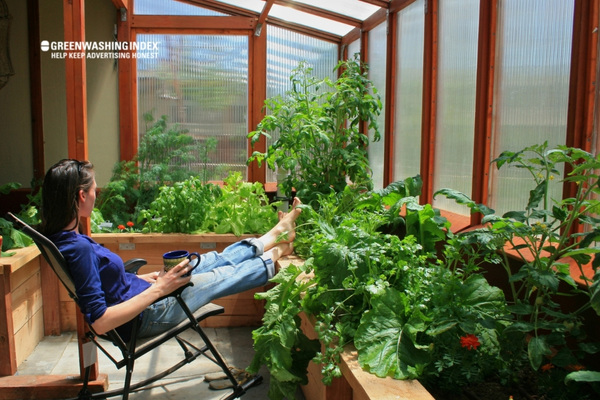
Greenhouses are specialized structures designed to create optimal growing environments for various plants by controlling environmental factors. Here are four major advantages of greenhouse farming:
Greenhouses create a meticulously engineered ecosystem where plants receive optimal conditions for growth. By precisely managing temperature, humidity, and light exposure, farmers can manipulate environmental parameters to suit specific crop requirements.
This controlled setting minimizes external variability, ensuring consistent plant development and reducing the risks associated with unpredictable outdoor growing conditions.
Greenhouses provide precise control over critical growing conditions, allowing farmers to:
Traditional agriculture is often limited by seasonal constraints, but greenhouses revolutionize crop production by transcending natural climatic boundaries. By providing a protected, temperature-regulated environment, these structures enable farmers to cultivate crops throughout the year, irrespective of external weather patterns.
This capability not only increases food production but also allows cultivation of exotic or temperature-sensitive plants in regions where they would typically struggle to survive.
One of the most significant benefits is the ability to grow crops year-round, regardless of external weather conditions. Greenhouses can:
Greenhouses act as a robust defensive barrier against numerous agricultural challenges. By creating a sealed environment, they effectively prevent pest invasions, minimize disease transmission, and shield plants from destructive environmental elements like hail, strong winds, and extreme temperature fluctuations.
This protective mechanism significantly reduces crop loss, ensures higher plant survival rates, and maintains superior crop quality compared to traditional open-field farming methods.
Greenhouses offer superior protection against external threats, including:
Modern greenhouse technologies represent a paradigm shift in agricultural resource management. Through advanced techniques like hydroponics, vertical farming, and precision irrigation, these structures enable farmers to maximize crop yields while minimizing resource consumption.
By optimizing water usage, reducing land requirements, and creating highly efficient growing conditions, greenhouses represent a sustainable solution to increasing global food demand while conserving critical environmental resources.
Greenhouse farming significantly improves agricultural output and resource management:
These advantages make greenhouses a powerful tool in modern agricultural practices, enabling farmers to optimize production, protect crops, and adapt to challenging environmental conditions.
Attached greenhouses represent innovative solutions for home gardening and living spaces, seamlessly integrating nature with architectural design. These structures offer homeowners flexible options to expand living areas, cultivate plants, and create unique environments that enhance both aesthetic appeal and functional utility.
Sunrooms transform ordinary home spaces into extraordinary light-filled sanctuaries, bridging indoor comfort with outdoor beauty. These glass-enclosed areas provide a versatile environment that adapts to multiple purposes, from relaxation zones to plant cultivation areas.
By capturing natural sunlight and creating a warm, inviting atmosphere, sunrooms offer homeowners a unique opportunity to enjoy nature’s beauty while remaining protected from external elements.
Although both sunrooms and traditional greenhouses utilize sunlight, their purposes differ. Sunrooms are primarily for leisure and living, while traditional greenhouses focus on plant cultivation.
Conservatories represent the pinnacle of architectural elegance and horticultural sophistication. These refined structures blend classical design principles with modern functionality, creating spaces that are both visually stunning and practically useful.
Originating from European architectural traditions, conservatories provide a sophisticated platform for plant enthusiasts to cultivate exotic species while enjoying a luxurious, light-filled environment that seamlessly connects interior living spaces with botanical landscapes.
Think of conservatories as traditional greenhouses with an added touch of elegance and charm.
Traditional attached greenhouses are purpose-built environments designed specifically for serious gardeners and plant enthusiasts. These specialized structures offer precise environmental control, enabling year-round cultivation of diverse plant species regardless of external weather conditions.
By providing optimal growing conditions, temperature regulation, and protection from pests, traditional greenhouses empower gardeners to extend their growing seasons and experiment with a wide range of horticultural projects.
While sunrooms and conservatories offer versatility and beauty, traditional greenhouses are unmatched for dedicated gardening enthusiasts.
By understanding the unique features and benefits of each type, you can make an informed decision and create a space that perfectly suits your lifestyle and passions.
Building an attached greenhouse requires thoughtful planning and execution. Key considerations include selecting the optimal location and choosing suitable materials to ensure efficient functionality and plant health.
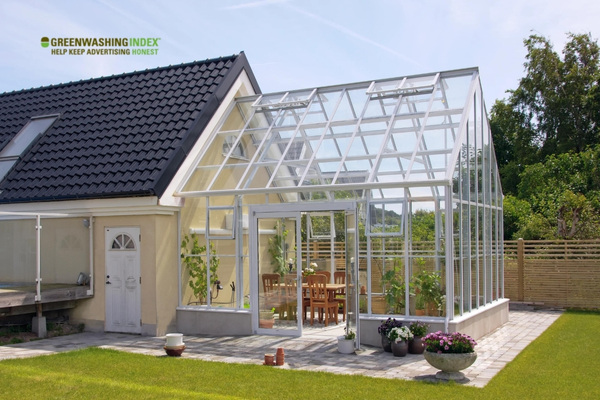
With proper decisions in these areas, you can create a sustainable, productive greenhouse that integrates seamlessly with your home.
Selecting the best spot for your greenhouse is essential to maximize its potential. Factors like sunlight exposure, accessibility, and wind protection significantly impact its performance and the well-being of your plants.
Here are some detailed guidelines:
Thoughtful site selection not only optimizes your greenhouse’s efficiency but also creates a comfortable space for you to nurture plants year-round.
Choosing the right materials for your greenhouse can seem overwhelming, but understanding their benefits and limitations helps ensure the best results. Let’s explore the most common options:
Material properties helps you make an informed decision that aligns with your budget and climate requirements while ensuring your greenhouse serves its purpose effectively.
Transforming your greenhouse into a vibrant ecosystem requires strategic planning and dedicated care. By understanding the intricate balance between environmental control and pest management, you can create a thriving botanical sanctuary that nurtures plant life and enhances your connection with nature.
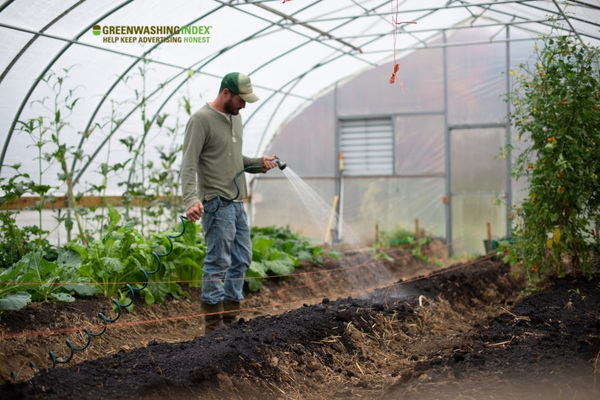
Creating the perfect microclimate demands precision and technological insight. Your greenhouse is more than a structure; it’s a living system where temperature, humidity, and light interact dynamically.
Mastering these environmental parameters ensures optimal plant growth, resilience, and productivity, turning your greenhouse into a botanical powerhouse.
Pest management is a critical aspect of greenhouse maintenance that requires a holistic, proactive approach. By understanding pest behavior, implementing ecological interventions, and maintaining rigorous monitoring protocols, you can create a balanced ecosystem that naturally resists and mitigates potential infestations.
Early identification of potential threats is key to preventing widespread pest issues. By familiarizing yourself with common greenhouse pests and their characteristics, you can develop targeted strategies that address specific challenges, minimizing potential damage and maintaining the overall health of your botanical environment.
Prevention is always more effective than cure. By establishing comprehensive monitoring systems, introducing beneficial predators, and utilizing organic pest management techniques, you create a resilient greenhouse ecosystem that naturally controls potential infestations while maintaining environmental balance.
By focusing on these aspects, your attached greenhouse can thrive, promoting a harmonious connection between lifestyle and nature.
An attached greenhouse is a gardening structure that’s connected directly to your home. It allows you to cultivate plants in a controlled environment that’s readily accessible, offering both convenience and efficiency.
Aside from providing a perfect environment for plant growth, an attached greenhouse can significantly boost home efficiency by contributing to natural warmth. Furthermore, it makes sustainable gardening possible and maximizes the usage of available space.
Controlling temperature within these structures requires deploying the right environmental control systems like ventilation, shading, and cooling equipment. These help create optimal conditions for different types of plant growth while conserving energy.
The three main types of attached greenhouses include sunrooms, conservatories, and traditional greenhouses. Each type offers unique benefits with design variations to suit specific horticultural needs or architectural aesthetics.
Attached greenhouses represent a strategic solution for gardeners seeking to maximize growing potential while minimizing spatial constraints. By seamlessly integrating with existing structures, these innovative agricultural spaces offer enhanced climate control, extended growing seasons, and efficient resource utilization.
The symbiotic relationship between the greenhouse and primary building creates a sustainable approach to home-based cultivation, enabling individuals to transform limited outdoor areas into productive, year-round agricultural environments.
